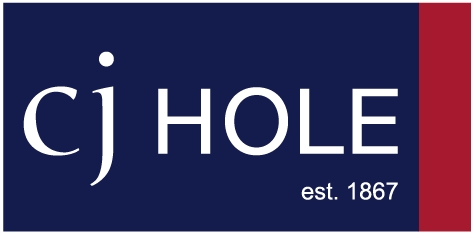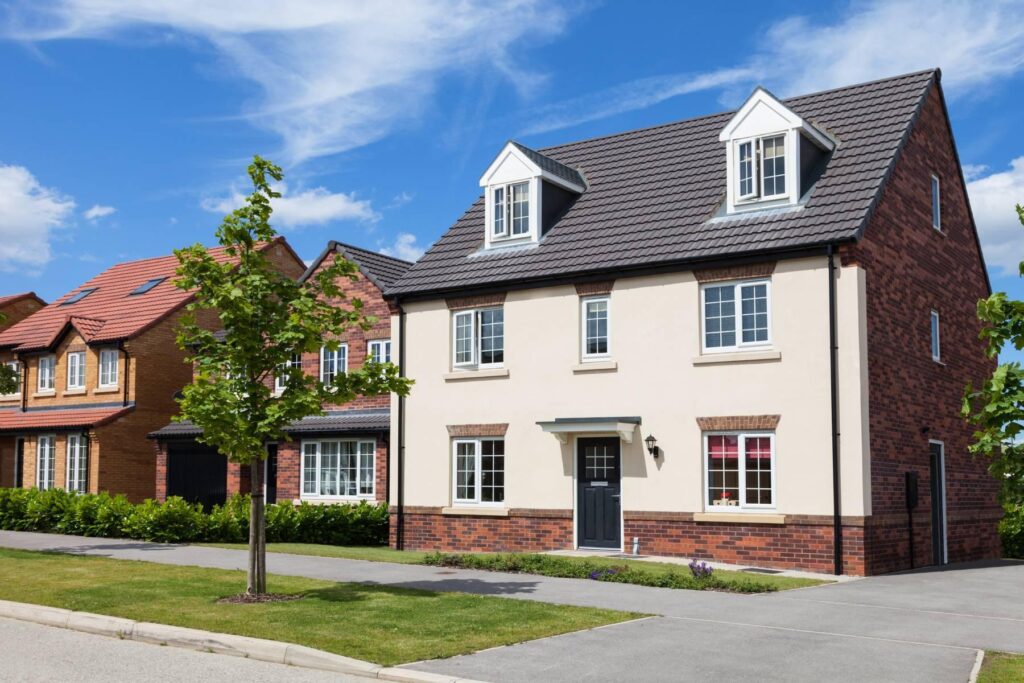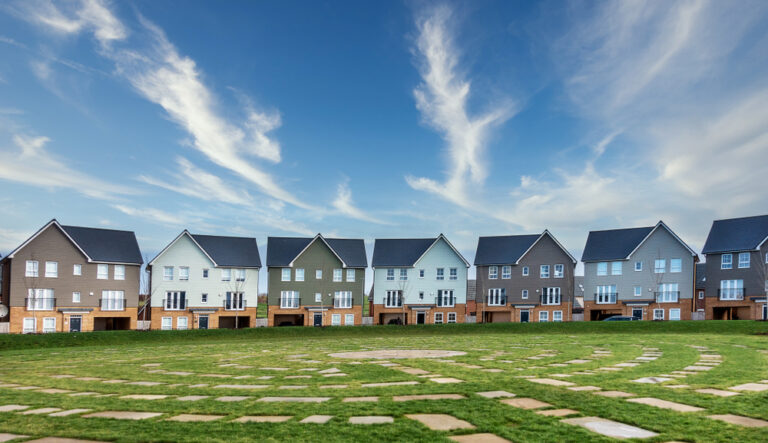The latest government home-buying scheme has launched, giving first-time buyers in England a further opportunity to take that first step on the property ladder.
But what is the First Homes scheme, how does it work and are you eligible?
Here, we’ll answer all your questions on the First Homes scheme and look at some of the pros and cons…
What is the First Homes scheme?
The First Homes scheme was devised to help first-time buyers, particularly key workers and military veterans, on to the property ladder in their local areas.
Under the scheme, a number of new-build homes will be sold with at least a 30% discount off their valuation.
Although not all new-build developments will have properties for sale under the scheme, the government says at least 25% of all affordable housing sold should be made available with the First Homes discount.
How does the First Homes scheme work?
Under the First Homes scheme, first-time buyers will be able to purchase new-build homes with a discount of at least 30%, rising to 50% in some cases.
There’s no application process for the scheme.
Instead, eligible buyers will need to look out for properties being sold with the discount at developments near where they live.
Properties marketed under the scheme are subject to price caps to help ensure they’re sold to the people who need them most.
Outside of London, the price cap is £250,000 and, in the capital, it’s £420,000 – with the caps applying after the First Homes discount has been applied.
For example, that means a property with a valuation of £280,000 could be sold for £196,000 with a 30% discount.
Am I eligible for the First Homes scheme?
To be eligible for the First Homes scheme, you must:
• Be a first-time buyer, meaning you’ve never owned a property before
• Both be classed as first-time buyers if you’re buying with someone else
• Be buying a property to live in, not rent out
• Have an annual household income of less than £80,000 (£90,000 in London)
• Have a mortgage that covers at least 50% of the property’s purchase price
What are the pros of the First Homes scheme?
The main benefit of the First Homes scheme is the discounts on offer.
Other pros of the scheme include:
• Being able to buy your home with a smaller deposit
• Being able to buy your home with a smaller mortgage
• Being able to buy where you live, rather than having to look elsewhere for a home you can afford
What are the cons of the First Homes scheme?
Like any homebuying scheme, there are certain things you’ll need to consider before going ahead, including:
• When you come to sell your property, you must sell it with the original discount in place
• You can only sell your property to a buyer who meets the First Homes scheme criteria
• Only new-build homes are available to buy under the scheme and these can command a price premium
What deposit do I need to buy under the First Homes scheme?
Because properties for sale as part of the scheme come with at least a 30% discount, your deposit requirements will be smaller.
For example, a £300,000 property would require a standard 10% deposit of £30,000, or £15,000 as a 5% deposit.
Under the scheme, that property could be sold for £210,000 with a 30% discount applied, meaning your 10% deposit would be £21,000 and 5% would be £10,500.
Will I pay stamp duty under the First Homes scheme?
First-time buyers are exempt from stamp duty on the first £300,000 of a property’s purchase price.
So, with First Homes scheme properties capped at £250,000 outside of London, it’s highly unlikely you’d need to pay any stamp duty when buying one.
What other schemes are there for first-time buyers?
As well as the First Homes scheme, first-time buyers can access Help to Buy equity loans, Shared Ownership and the 95% mortgage guarantee scheme to assist them with buying their first property.
1. Help to Buy equity loans
Help to Buy equity loans are available for first-time buyers.
Equity loans cover up to 20% of a new-build property’s purchase price, or 40% for buyers in London.
The buyer then puts down a 5% deposit, with a 75% mortgage (55% in London) covering the remaining balance.
Equity loans track your property’s value, so if it falls, you could pay back less, but if it rises, you’ll pay back more.
Now read: Everything you need to know about Help to Buy equity loans
2. Shared Ownership
Shared Ownership is open to first-time buyers and existing homeowners who aren’t able to afford the home they need in the area they want to buy.
Under Shared Ownership, you purchase a share in a property, usually between 25% and 75%, and then pay reduced rent on the remaining portion you don’t own.
Over time, you can buy more shares, eventually ‘staircasing’ to full ownership if you wish.
3. The 95% mortgage guarantee scheme
The 95% mortgage guarantee scheme is aimed at encouraging lenders to offer more mortgages to buyers with 5% deposits.
Under the scheme, the government guarantees a portion of a buyer’s 95% mortgage, giving lenders additional protection.
Now read: Everything first-time buyers need to know about the 95% mortgage guarantee scheme
Further reading…
• A guide to property fixtures and fittings





